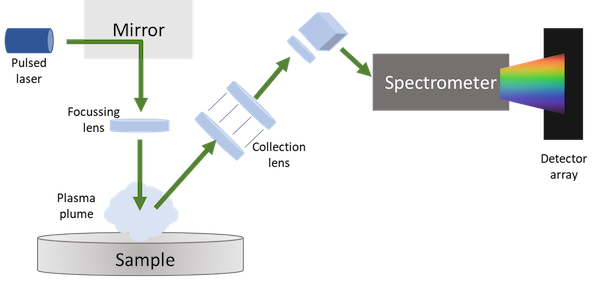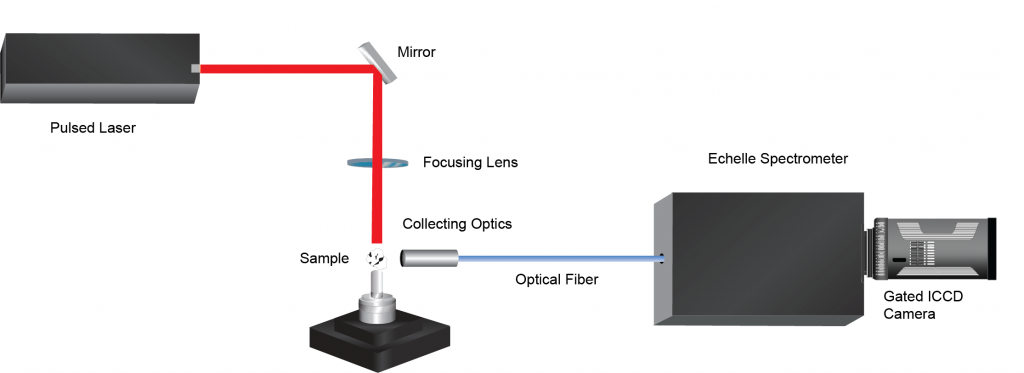Laser-Induced Breakdown Spectroscopy (LIBS)
LIBS is a technique that focusses a short laser pulse onto a sample which then heats and atomizes that sample. This produces a localized plasma plume. The plume emits light at wavelengths characteristic of atoms and ions present in the plasma which represent the elemental composition of the sample. Therefore, LIBS is a form of atomic emission spectroscopy.
LIBS is considered one of the most convenient and efficient analytical techniques for trace elemental analysis in gases, liquids, and solids. Due to this it is used in a wide range of applications from planet exploration to forensics.

Application Notes
High-Accuracy LIBS with Nanosecond and Picosecond Time Resolution Enabled by Ultrasensitive emICCD Technology

Laser-induced breakdown spectroscopy (LIBS) is considered one of the most convenient and efficient analytical techniques for trace elemental analysis in gases, solids, and liquids. Both non-invasive and non-destructive, LIBS requires little-to-no sample preparation and can easily be performed either in the lab or…Read Full Article
Technical Notes
A New Dawn for NIR Spectroscopy
Featuring two revolutionary back-illuminated deep-depletion sensors, Teledyne Princeton Instruments BLAZE cameras for spectroscopy provide the highest near-infrared quantum efficiency, fastest spectral rates, and deepest thermoelectric cooling available in a CCD platform. Lower thermally generated dark noise, combined with…Read Full Article

